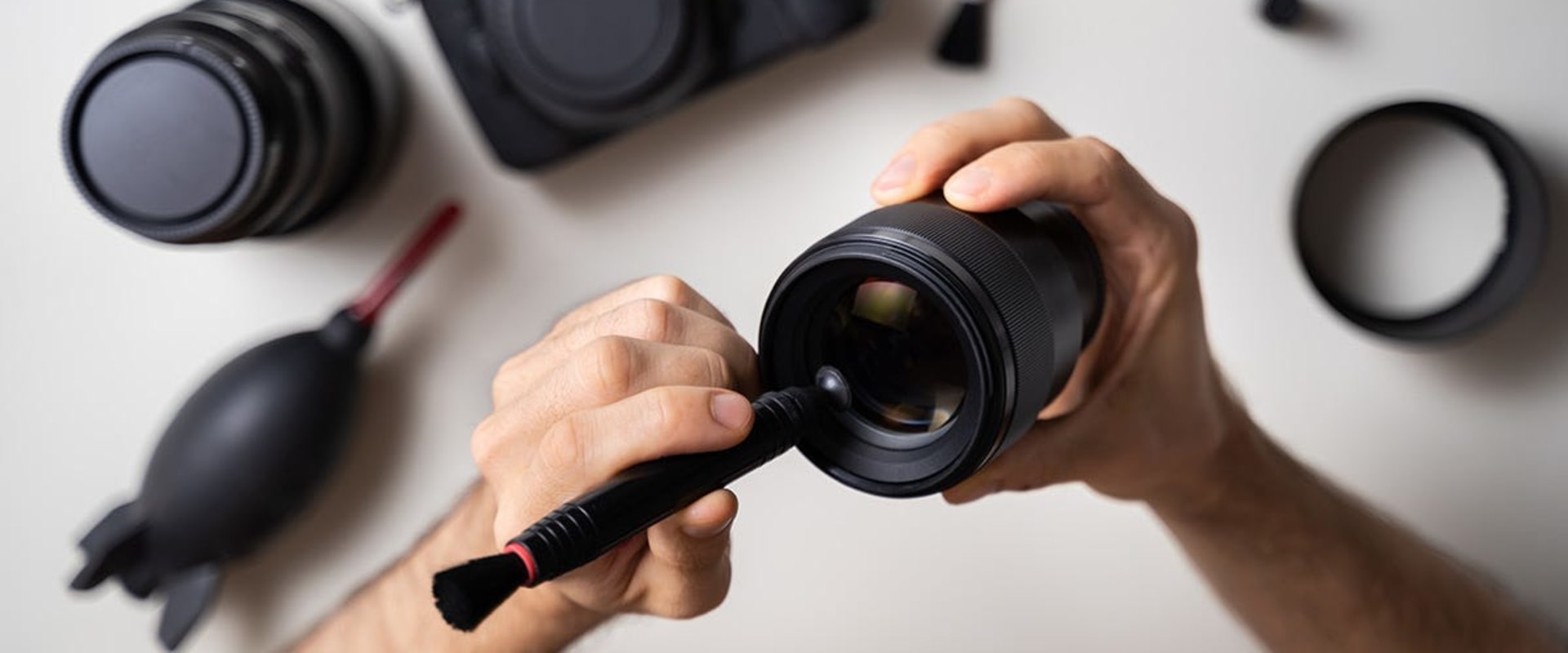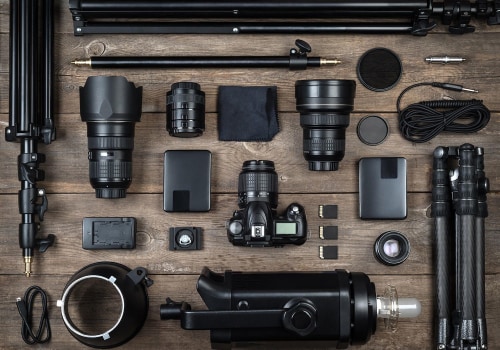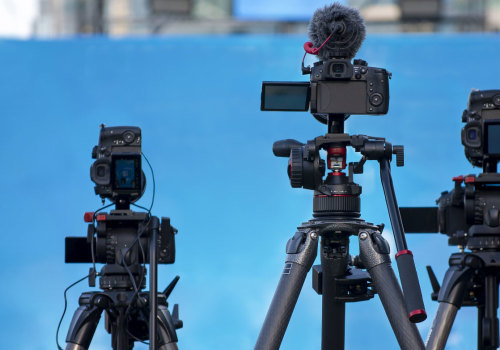Are you interested in taking your photography skills to the next level? If so, it's important to understand the different components of a camera and how they work together. In this article, we'll explore the basics of camera bodies and lenses and how they can help you take better photos. We'll discuss the different types of camera bodies and lenses available, as well as the features and characteristics you should consider when selecting the right equipment for your needs. By the end of this article, you'll have a better understanding of camera bodies and lenses, and how to choose the best ones for your photography needs. In order to take beautiful photos, it's important to understand the basics of camera bodies and lenses.
A camera body is the main part of a digital camera, which contains the image sensor, processor, LCD screen, buttons, and other components. The lens is a separate piece of equipment that is attached to the camera body. It helps to focus light onto the image sensor, resulting in a sharper image. There are several types of camera bodies and lenses available, each with its own advantages and disadvantages.
DSLR (Digital Single Lens Reflex) cameras are one of the most popular types of cameras for professional photographers. These cameras have large image sensors, allowing for higher-quality images with better dynamic range. Mirrorless cameras are another type of digital camera that don't have a mirror inside the body. These cameras are typically smaller and lighter than DSLRs, making them ideal for travel photography.
When it comes to lenses, there are three main categories: prime lenses, zoom lenses, and specialty lenses. Prime lenses have a fixed focal length and are typically used for portrait photography. Zoom lenses have variable focal lengths, making them great for capturing distant subjects or landscapes. Specialty lenses are designed for specific purposes, such as macro or fisheye photography.
It's important to note that different camera bodies and lenses can produce different results. For example, a wide-angle lens will create a larger field of view than a telephoto lens. Additionally, some cameras may be more suited for low-light photography than others. Finally, it's important to consider the cost when shopping for camera bodies and lenses.
While some models can be quite expensive, there are also budget-friendly options available. It's also worth noting that buying used equipment can be a great way to save money while still getting quality gear.
Types of Camera Bodies
DSLRs are the most widely used type of camera body, and they offer a wide range of features and capabilities. DSLRs use a mirror system to project the image through the lens onto the viewfinder, giving you a real-time preview of the photo before you take it. The mirror then flips up and out of the way when you press the shutter release button, and the sensor inside the camera captures the photo.DSLRs are popular for their versatility, allowing you to change lenses and customize settings for different types of photography.
Mirrorless Cameras
are smaller and more lightweight than DSLRs, but they still offer great image quality and flexibility. These cameras don't have a mirror system like DSLRs, so they don't need to be as large or bulky. Mirrorless cameras allow you to change lenses quickly and easily, and they also offer features like autofocus and image stabilization that can help you take better photos.Point-and-Shoot Cameras are small, compact cameras that are easy to use and carry around. They don't offer as many features as DSLRs or mirrorless cameras, but they are great for casual photography. Point-and-shoot cameras are ideal for beginners who want to take pictures without having to learn all the features of a more advanced camera.
Medium Format Cameras
are high-end cameras that offer superior image quality and resolution.These cameras use larger sensors than DSLRs or mirrorless cameras, allowing them to capture more detail in the photos. Medium format cameras are often used by professional photographers and filmmakers who need superior image quality for their work.
Types of Lenses
Lenses are one of the most important aspects of photography, and come in a variety of types to suit different needs. The three main categories are prime lenses, zoom lenses, and specialty lenses. Prime lenses have a fixed focal length and are perfect for those looking for sharp images and excellent depth of field control.Zoom lenses offer flexibility as they can be used to capture shots at different focal lengths without having to change the lens. Specialty lenses are designed for specific uses such as macros, fisheye, or tilt-shift lenses. Prime lenses tend to be lighter and smaller than zoom lenses, making them a great choice for street photography or travel. Zoom lenses are ideal for landscapes and sports photography, as they can quickly capture shots at different distances. Specialty lenses allow you to capture unique images that would otherwise be impossible with a regular lens. No matter what type of lens you choose, it's important to understand how to use it properly in order to get the best results.
Learning about different types of lenses will help you find the right one for your needs and take your photography to the next level.
Factors to Consider When Shopping for Camera Bodies and Lenses
When shopping for camera bodies and lenses, cost, size, weight, image quality, low-light performance, and other factors should be taken into account. Cost is an important factor to consider when choosing a camera body and lens. It's important to know how much you are willing to spend on your equipment. Size and weight are also important considerations, as larger and heavier camera bodies and lenses may be less convenient to transport.Image quality is an important factor, as higher quality lenses will allow you to capture sharper images with more detail. Low-light performance is also an important factor to consider when selecting a camera body and lens, as some lenses are better suited for low-light conditions than others. When shopping for camera bodies and lenses, it's important to understand what features the equipment offers so that you can make an informed decision. Features such as autofocus speed, image stabilization, and weather sealing can all make a difference in the overall performance of your camera body and lens. Additionally, it's important to consider the type of photography that you plan to do so that you can choose the appropriate equipment. By understanding the different types of camera bodies and lenses available, you can choose the right gear for your needs and take your photography to the next level.
Factors to consider when shopping for camera bodies and lenses include type of lens, cost, and size. With the right combination of camera body and lens, you will be able to capture stunning photos.








